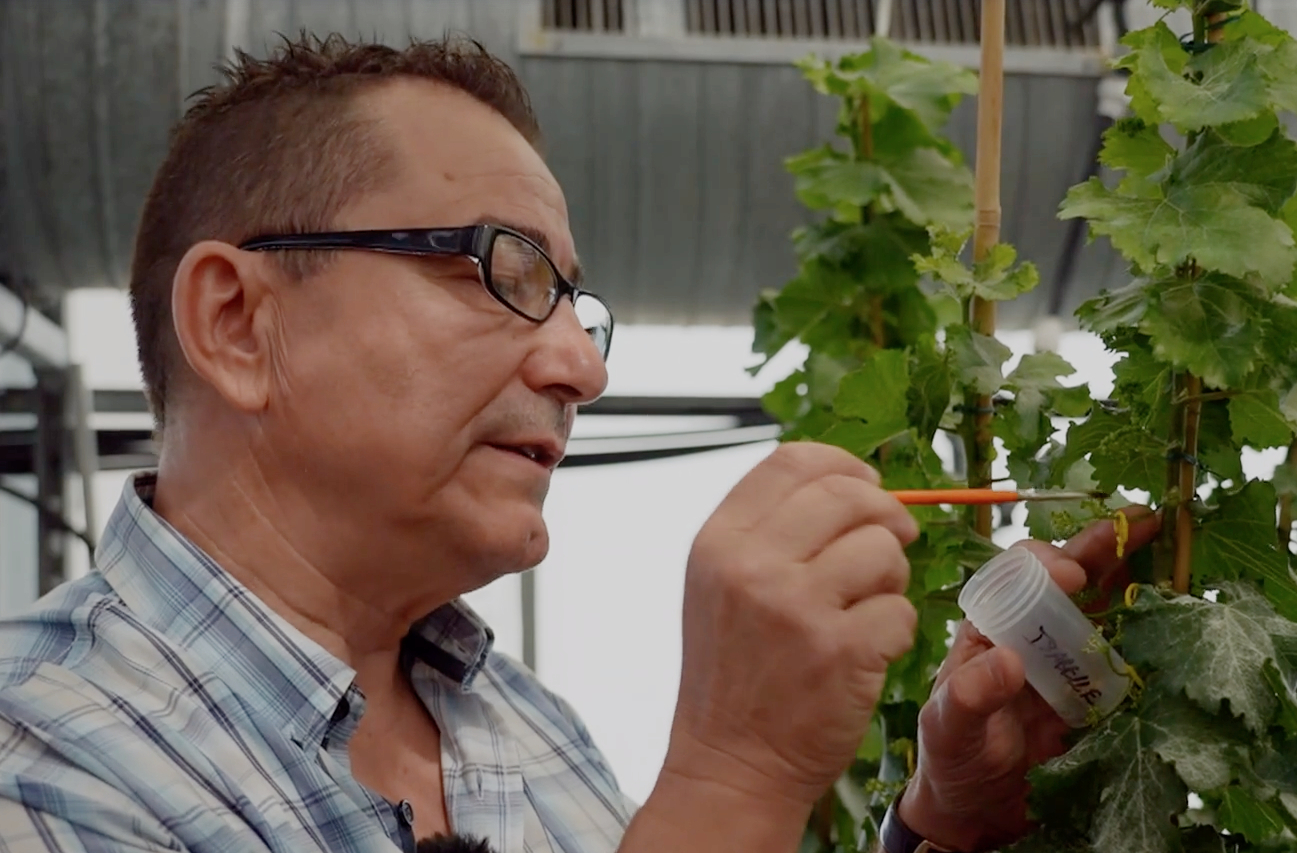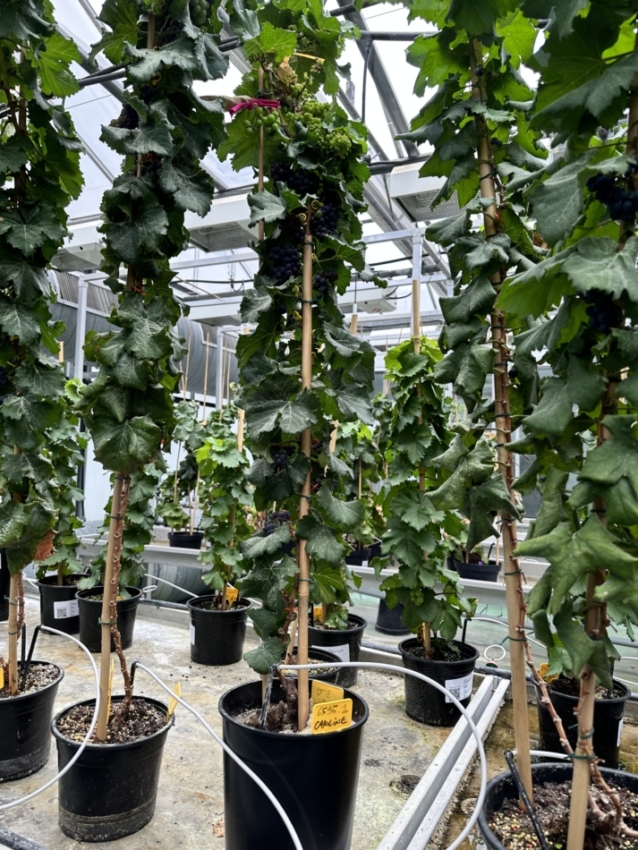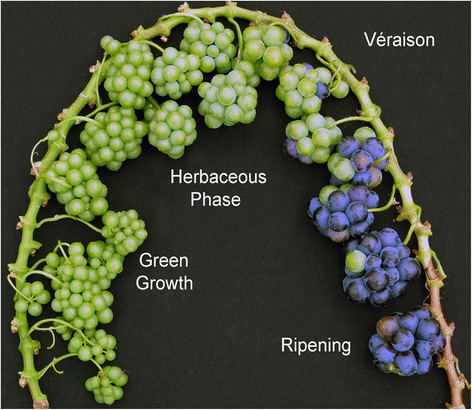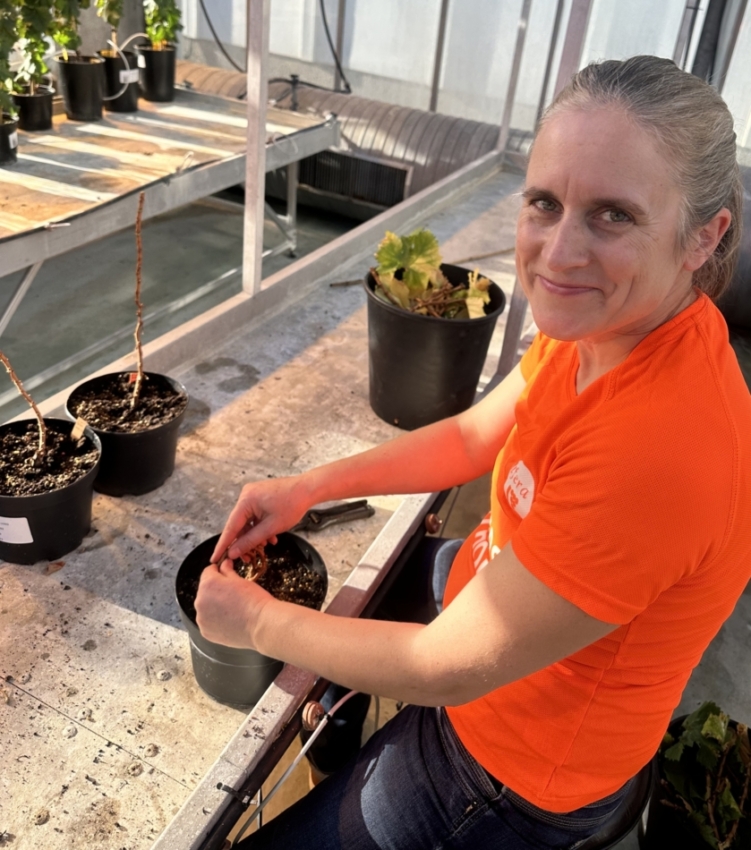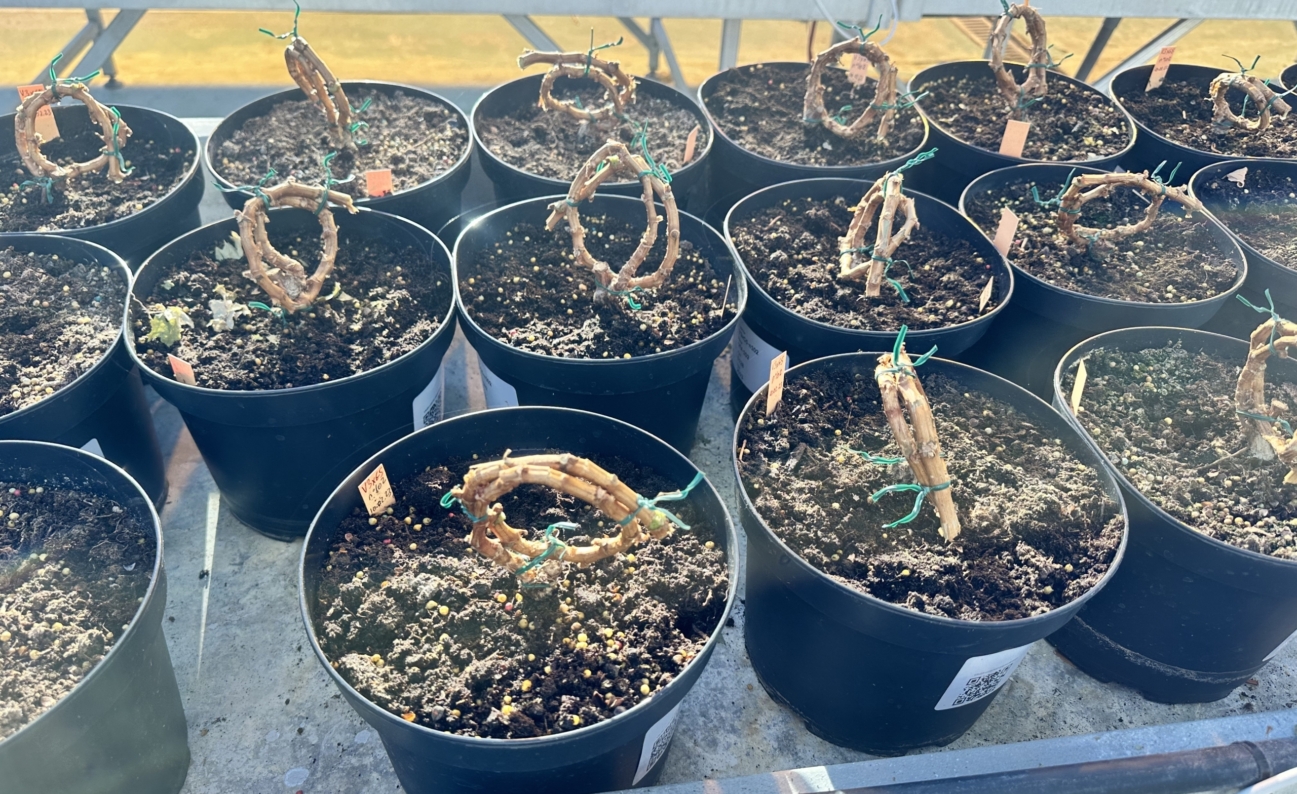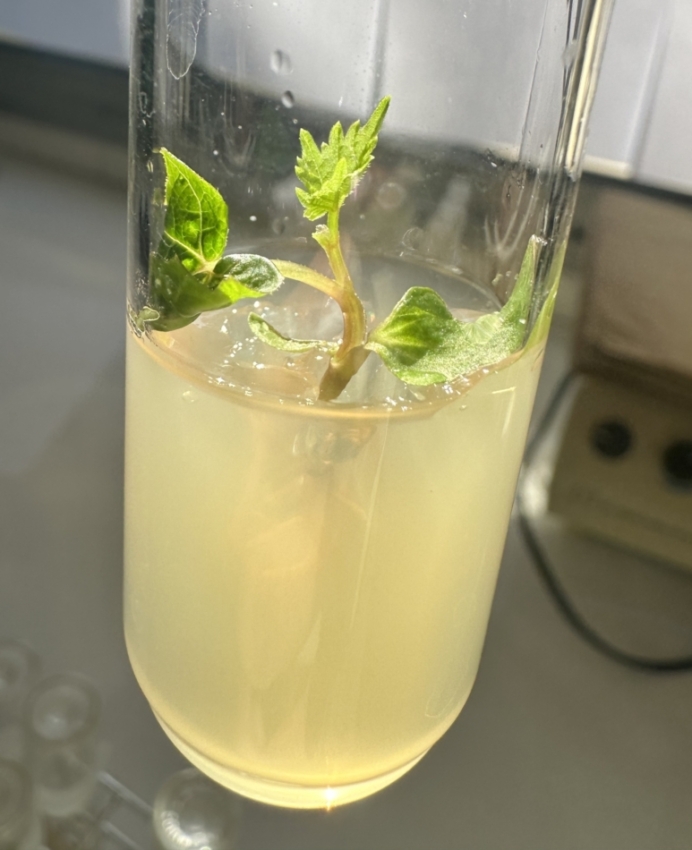Grapevines pose considerable challenges for physiological studies, genetics and genomics, given their expansive size, extended generation time, costly field trials for modified plants, and an absence of a substantial mutant population for linking genes to function. Traditional grapevines demand extensive field maintenance, hindering genetic crosses beyond the initial generation. In addressing these limitations, microvines were experimented as a pioneering genetic system that overcomes the constraints of traditional grapevines, providing a solution to swift progress in genetic studies and breeding programs.
In collaboration with CSIRO’ colleagues, Dr Laurent Torregrosa, a distinguished Professor of Plant Biology and Genetics at the Institute Agro of Montpellier (France), initiated groundbreaking research in microvines in 2000. His contributions span enhancing grapevine resistance to diseases and unraveling grapevine reproductive development. His focus since 2011 includes exploring the impact of temperature and water deficit on grapevine’s development. Professor Torregrosa’s extensive work, with over 250 publications, culminates in the revolutionary concept of microvines, reshaping grapevine studies.
Dr Anne Pellegrino has been a lecturer in the Biology & Ecology department of the Institute Agro Montpellier since 2007 and is actively engaged in groundbreaking research at LEPSE. Her research activities include examining the impact of carbon balance of microvines in response to temperature variations, modeling vine functioning under water deficit, resulting in tools for effective vineyard water status management. Additionally, she has explored the potential of satellite imagery for simulating grapevine berry growth and quality, and has mentored several research projects.
Dr Torregrosa and Dr Pellegrino collaborate in investigating how microvines respond to temperature increases, understanding the developmental and metabolic changes in relation to carbon balance and berry development, as influenced by climate change.
Unique Features of Microvines
Microvines provide a unique genetic system for efficient forward and reverse genetic studies. As a natural gibberellic acid-insensitive mutant, microvines exhibit a dwarf stature and continuous flowering, making them an ideal model system for experiments conducted in controlled environments. Microvines, both black and white berry genotypes, can be transformed or genetically edited using Agrobacterium tumefaciens, facilitating further genetic manipulation.
Microvines offer a unique opportunity to overcome the challenges posed by traditional grapevines in controlled environments. The near-homozygous of some lines allow efficient bi-allelic single nucleotide polymorphism (SNP) marker mapping and mutagenesis studies, advancing the understanding of grapevine genetics.
Given the increasing concerns related to climate change, microvines, with their adaptability to controlled environments, become essential in studying the impact of rising temperatures on the phenological cycle of grapevines. Drs Torregrosa and Pellegrino’s research aligns with the necessity to adapt viticulture to changing climatic conditions, particularly in areas related to fruitfulness, floral development, and metabolites influencing grape composition and wine attributes.
Advancements in Genetic Mapping
Genetic mapping studies on microvine populations transcend the constraints of maintaining small F1 progeny populations in vineyards. This allows for a comprehensive investigation of traits, including methoxypyrazines in aroma and flavor, berry size, color, and flower sex. The use of DNA SNP markers to link traits facilitates the identification of candidate genes, providing valuable insights into grapevine genetics. Rapid breeding methods produce populations that flower and fruit within a year, expediting berry phenotyping and facilitating genetic mapping studies, thereby advancing research beyond the limitations of F1 progeny populations.
Applications and Future Directions
Marker Assisted Breeding Initiative
The ability of the microvine system to rapidly link genes and DNA markers to traits presents the real possibility of developing a smart Marker Assisted Breeding initiative. This initiative could significantly reduce the traditional 25-30 year breeding period to 10 years or less, transforming grapevine breeding practices.
Microvine System in Research
The microvine system is recommended to be used as a research tool to rapidly link key traits to DNA markers and genes. Its adoption globally could lead to accelerated advancements in our understanding of grapevine genetics.
Impact on Flowering Regulation
The unexpected impact of a gene mutation in the microvine system, particularly related to the perception of gibberellic acid (GA), has shed light on GA’s significant role in regulating flowering and fruiting in grapevines. Despite the convenience of microvines being grown in pots and hydroponically, their phenotype still requires normal growing conditions to prevent dormancy.
In conclusion, the microvine system has emerged as a revolutionary breakthrough in grapevine research, mitigating long standing challenges. As viticulture grapples with climate change, microvines’ adaptability to controlled environments becomes increasingly vital. Professor Torregrosa’s leadership positions and global advocacy highlight the system’s potential to redefine the future of grapevine research, ensuring sustainability amidst evolving environmental dynamics.
As a student at L’Institut Agro Montpellier Vinifera Euromaster, you gain access to cutting-edge research and renowned professors like Professor Laurent Torregrosa, Dr Anne Pellegrino, amongst many others who are trailblazers in our industry. This unique educational experience offers practical insights into revolutionary advancements, such as microvine research. In my part-time job, I contribute by assisting at the greenhouse, where I actively work with microvines. This hands-on experience not only enhances my academic journey but also allows me to play a role in the innovative developments shaping the future of viticulture.
All content subject to copyright

